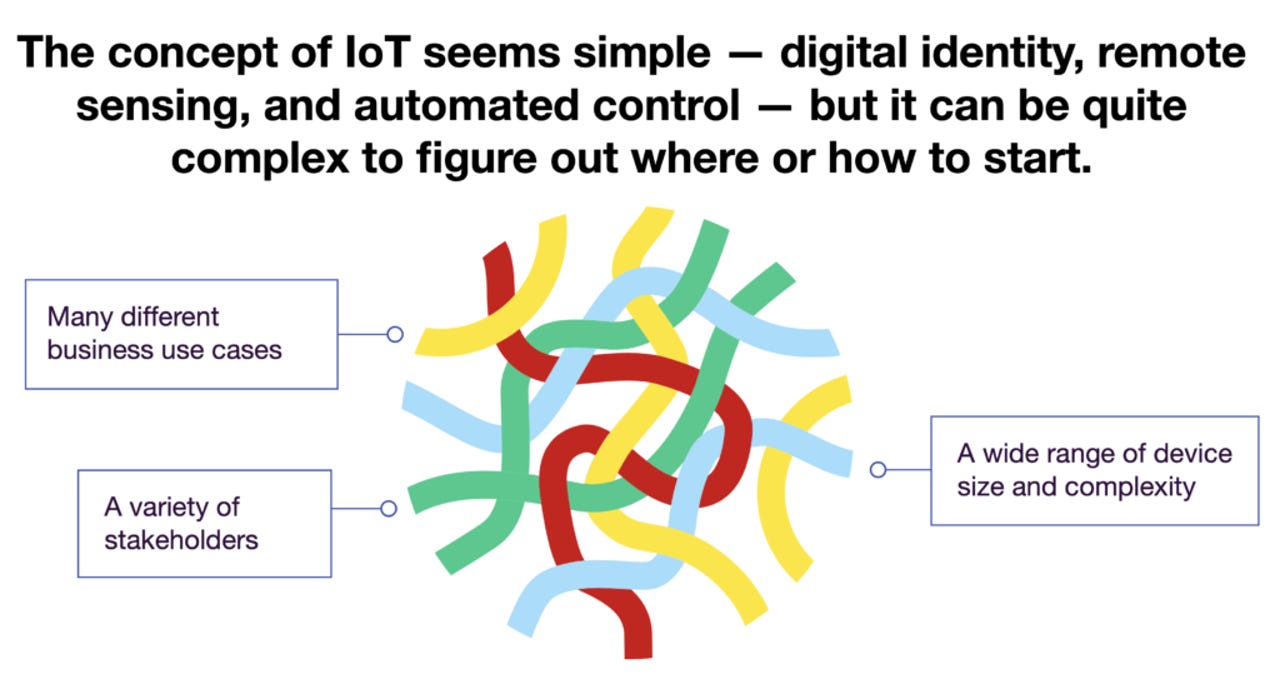IoT makes more sense when you break it down into three business scenarios


The IoT Concept Spans Many Different Use Cases, Technologies, And Stakeholders
Business leaders always want more information about business operations and customer interactions than they have. The technologies of the internet of things (IoT) promise to provide sensing and remote control of physical things, like products or equipment. But the technologies, solutions, and use cases are also so diverse and complex that tech and business leaders get tangled up.
We've just overhauled our framework for IoT to show how business and tech leaders can break down IoT into three fundamental scenarios, driven by three classes of stakeholders. All these scenarios revolve around physical things. However, the stakeholders and scenarios are different, based on whether the stakeholder is creating, using, or observing the internet-connected thing. And just to note, the internet-connected things are regular, everyday products and assets -- not the personal smartphones, tablets, or PCs that we all use to connect to apps and services.
I've recently done some research around this topic and have managed to break it down into the following three scenarios, summarized below.
First scenario: Creators drive product IoT. Creators invent the connected vision for a thing, such as a fuel pump or building. Product designers or project managers choose the experiences they want to activate by designing in the connected sensors and remote control to enable connected experiences for consumers, employees, and B2B customers.
Second scenario: Users drive operations IoT. Consumers, employees, or operations managers work with connected things, such as a coffee maker or a forklift, that have IoT-connected capabilities. Users are doing the best they can to get through their daily tasks and workflow, using whatever useful features help them work faster, better, and more efficiently.
Third scenario: Observers use ecosystem IoT. Any stakeholder, consumer, or business that wants to learn more about events and status in the physical world beyond their own domain will seek out and tap into published sources of data about things in the world. For example, consumers will compare energy use in their smart thermostat with other homes, and businesses will subscribe to air pollution data from rooftop monitors.
We think this new research will be helpful for CTOs, CIOs, and CMOs who want to know more about how to transform customer experience, pump up employee experience, and boost operational processes.
This post was written by VP and Principal Analyst Frank Gillett, and it originally appeared here.